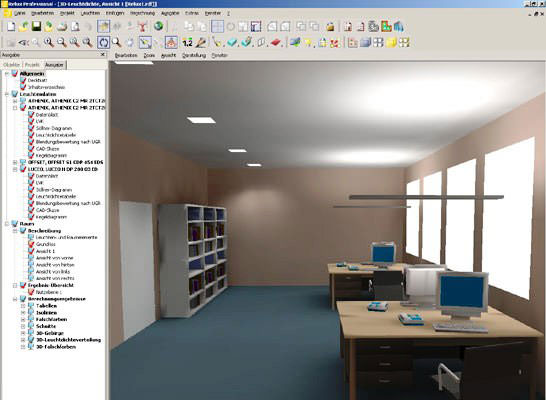
Opening Oracle Rdf Filest
SATA HostRAID 1220SA 64-bit Driver v1.6.12091 for Windows 7 and Server 2003/2008. Adaptec aic 8130 driver windows 7. Ultra160 32-bit Driver v7.5.645.100 for Windows 7 & 2008R2 Home Support: Ultra160 32-bit Driver v7.5.645.100 for Windows 7 & 2008R2. Adaptec SCSI Card 29160. AIC78xx and AIC78U2 Driver for Windows 7 x86 and. 32-bit Driver file for AIC-78xx and AIC-78U2 based SCSI. Adaptec Ultra2. In order to create a driver. Download Gigabyet Adaptec AIC-8130 Host RAID Driver (9.00.075.3) Absolutely Free! Drivers For Free software scans your computer for missing and outdated drivers. ASUS Adaptec 8130 Windows SATA Driver Ver 1.1.5735.0(WHQL) ASUS Adaptec AIC-7902 HostRAID Driver: ASUS Adaptec AIC-8130 32/64bit Windows drivers: Asus Adaptec HostRAID.
How to Open an RDFWhat Is the File Extension RDF? File extensions are associated with the software programs that can open and use them.
7/10 1 RDF Overview This chapter describes the support for the Resource Description Framework (RDF) in the Oracle Spatial network data model. It assumes that you are familiar with the major concepts associated with RDF, such as reification, containers, and collections. This chapter does not explain these concepts in detail, but focuses instead on how the concepts are implemented in the network data model. For an excellent explanation of RDF concepts, see the World Wide Web Consortium (W3C) RDF Primer. It is also helpful is you are familiar with the concepts and techniques of the network data model, as described in Oracle Spatial Topology and Network Data Models.
The PL/SQL subprograms for working with RDF are in the SDO_RDF package, which is documented in, and in the SDO_RDF_INFERENCE package, which is documented in. This chapter contains the following major sections: • • • • • • • • •. 1.2.1 Metadata for RDF Models The MDSYS.RDF_MODEL$ system table contains information about all RDF models defined in the database. When you create a model using the procedure, you specify a name for the model, as well as a table and column to hold references to the RDF data, and the system automatically generates a model ID. Oracle maintains the MDSYS.RDF_MODEL$ table automatically when you create and drop RDF models. Users should never modify this table directly.
For example, do not use SQL INSERT, UPDATE, or DELETE statements with this table. The MDSYS.RDF_MODEL$ table contains the columns shown in. Table 1-1 MDSYS.RDF_MODEL$ Table Columns Column Name Data Type Description OWNER VARCHAR2(30) Schema of the owner of the RDF model. MODEL_ID NUMBER Unique model ID number, automatically generated by Spatial. MODEL_NAME VARCHAR2(25) Name of the model. TABLE_NAME VARCHAR2(32) Name of the table to hold references to RDF data for the model. COLUMN_NAME VARCHAR2(32) Name of the column of type SDO_RDF_TRIPLE_S in the table to hold references to RDF data for the model.
When you create an RDF model, a view for the RDF triples associated with the model is also created under the MDSYS schema. This view has a name in the format RDFM_ model-name, and it is visible only to the owner of the model and to users with suitable privileges.
Each MDSYS.RDFM_ model-name view contains a row for each triple (stored as a link in a network), and it has the columns shown in. Table 1-2 MDSYS.RDFM_model-name View Columns Column Name Data Type Description LINK_ID NUMBER The unique triple identifier and part of the primary key START_NODE_ID NUMBER The VALUE_ID for the text value of the subject of the triple.

Also part of the primary key. END_NODE_ID NUMBER The VALUE_ID for the text value of the object of the triple CANON_END_NODE_ID NUMBER The VALUE_ID for the text value of the canonical form of the object of the triple.
Also part of the primary key. LINK_TYPE VARCHAR2(200) The type of predicate represented by the URI of the P_VALUE_ID. STANDARD, RDF_MEMBER, and RDF_TYPE are some of the supported types. ACTIVE VARCHAR2(1) The status of the link in the network: contains Y if the link is active; contains N if the link is not active. LINK_LEVEL NUMBER Priority level for the link; used for hierarchical modeling, so that links with higher priority levels can be considered first in computing a path. COST NUMBER The number of times the triple is stored in an application table.